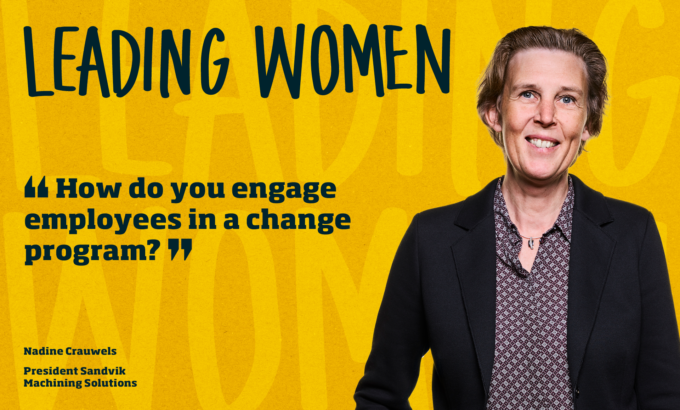Within an organization, it’s crucial that those leading the change also have the skills and the ownership to drive the change process forward. And if you want to grow your company, gain market share, and move into new areas of business, then you need to push your boundaries. The impetus for change can come from different directions, but wherever it comes from change is difficult. It is a process that has become harder and harder to manage.
When people understand why the change is happening and what they are doing, you create a ripple effect and people go with it. But if that doesn’t happen, then organizations have a problem and people will not come into the water with you. As I often say when taking people through a new challenge, if you want to go for a swim, you’re going to get wet.
When I started in business, most people teams generally had targets for this year and next year. The furthest ahead planning tended to go was five years. Nowadays, when you consider areas like sustainability, the time horizon is much longer. So, what do you need to do?
Simplify the picture
To try and get people to understand any kind of business transformation you need to simplify the picture. The three words you need to have answers to are “why”, “how” and “what”.
If you can answer why you are going ahead with a strategic change, a large number of people will at least open the door to further discussion. Whether they understand it or want to become engaged is another story, but explaining the why is always the first step.
The next step is how. By explaining this, you can create not just understanding and interest but also engagement in the project. Finally, the what depends a great deal on the company, the setting, and how many people need to be involved – clear is that chance can never be successful without the drive coming from many.
Get ready
Not every part of the organization is as ready as other parts, so timing and readiness should all be looked at before you start any kind of change process. When explaining the why it is always good to link up the company and its customers perspectives. Another important consideration is how much pre-work you need to do and how rapidly you will be able to roll out change across an organization.






